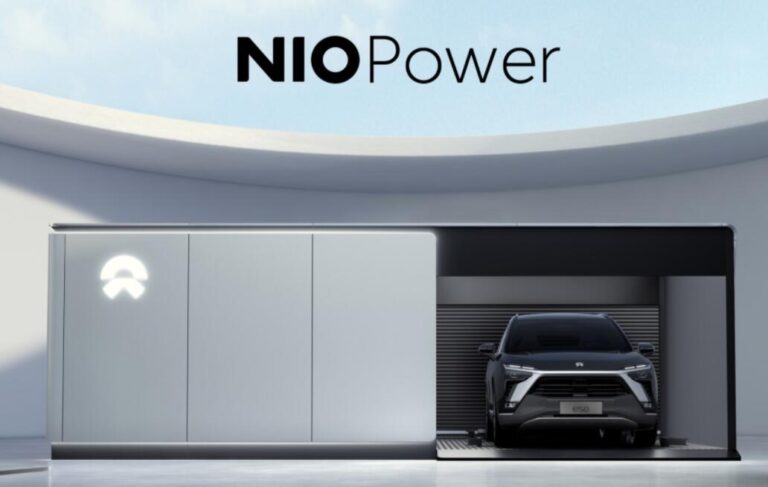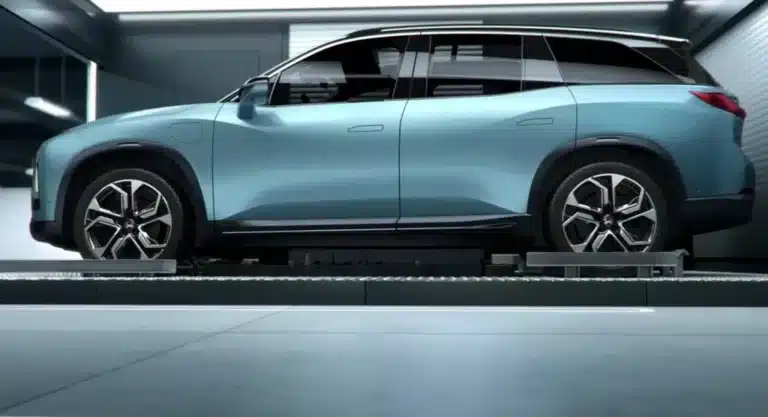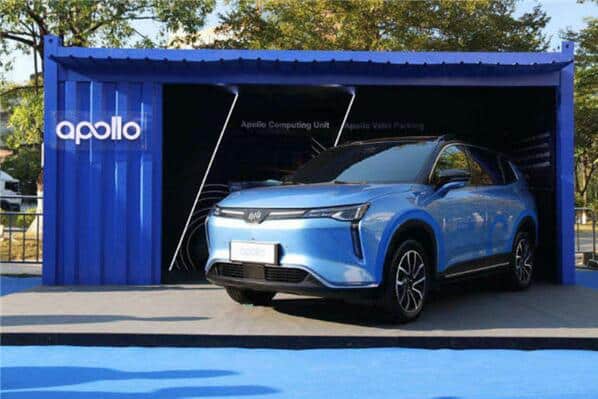Chinese electric vehicle startup WM Motor announced today that it has launched the mass production of its driverless-capable W6 model, jointly developed with Baidu. Deliveries of the vehicle will begin in the first half of 2021.
At WM Motor's facility in Hubei, the company said battery swap will be a key technology focus for in 2021. Currently, Nio is the only car company in the retail passenger car segment that supports battery swap.
With a length of 4,620mm and a wheelbase of 2,715mm, the W6 is a compact SUV between the WM Motor EX5 and the WM Motor EX6 PLUS.
As the first product of WM Motor's cooperation with Baidu, the W6 integrates the highest technological achievements of WM Motor and Baidu in the field of autonomous driving and car manufacturing.
WM Motor says the W6's electrical and electronic architecture, gateway, domain controller, voice interaction and scenario-based experience have all been redesigned to enable L4-level driverlessness in specific scenarios through Baidu Apollo cloud computing power.
W6's vehicle gateway introduces a redundant design with dual OS backup mechanism, so that the vehicle can still drive normally when the system is upgraded OTA in the background. All its updates are done in the background by itself, with no interference to the normal use of the vehicle.
The new vehicle is equipped with Qualcomm's 8155 chip and integrated 5G baseband, with 22 sensors deployed throughout the vehicle, including five 77GHz millimeter-wave radars, five cameras, and 12 ultrasonic radars.
The W6 will be powered by an electric motor with a maximum power of 160kW and a ternary lithium-ion battery with a capacity of 65kWh and a range of 520km.
WM Motor also announced that it has launched its next generation of a new intelligent vehicle platform. In 2021, WM Motor will also lay out its power-swap technology, launch a model with a range of 800km or more, advance the development of solid-state batteries, and upgrade the thermal management system.




